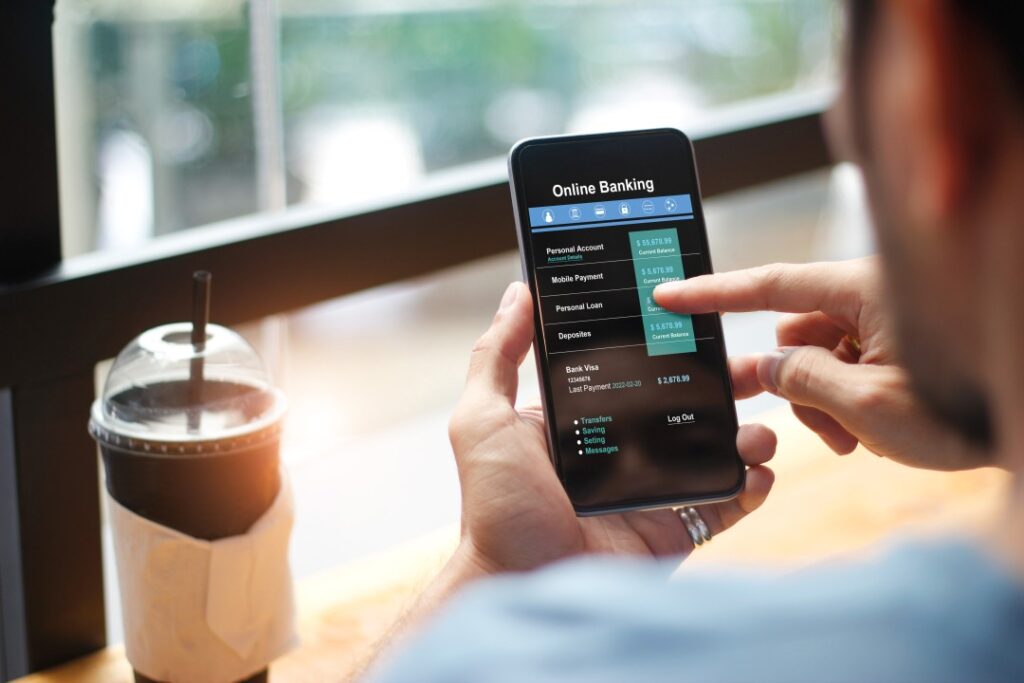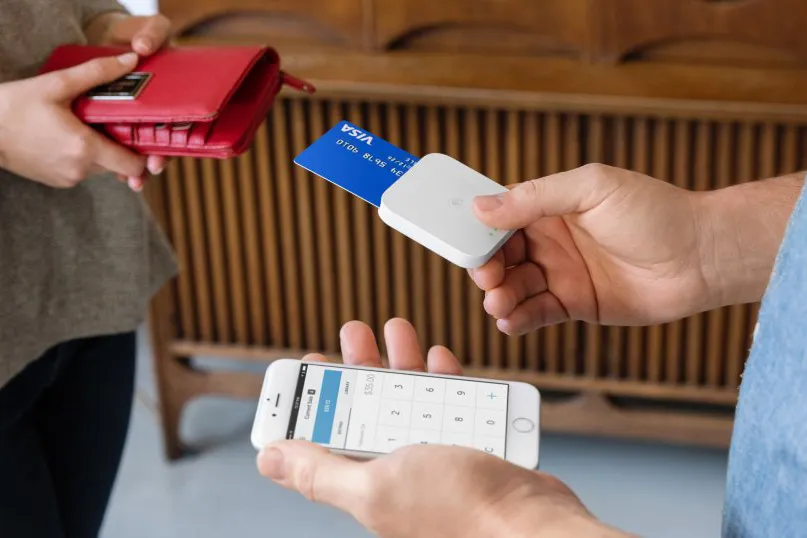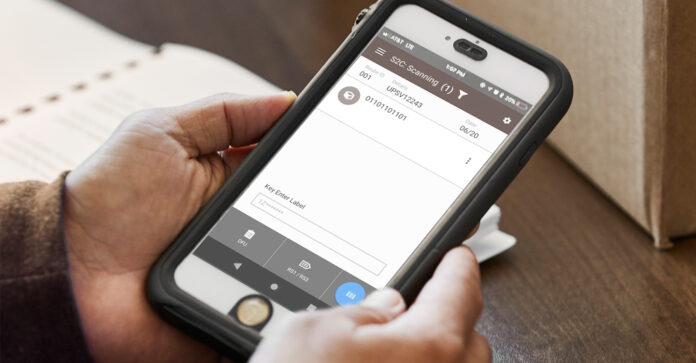In years, COVID-19 has drastically changed the way organizations work in the eCommerce world. Digital transformation has accelerated at an unprecedented rate and will continue to evolve in 2024.
With the increasing adoption of contactless mobile payment solutions, digital transition has also become easier for those in the trucking and logistics sectors.
Logistics industries have complex operational structures that are primarily dependent on manual and paper-driven processes. But today, many companies have become complacent in mobile payment solutions and digital technologies with a pragmatic approach. These logistics firms are implementing digital payment processing and tools to support real-time transactions.
Here are simple steps to get started with mobile payment services in your logistics operations:
How do mobile payment solutions power the logistics industry?

Mobile browser-based payments
Many organizations are ready to adopt mobile payment options in their logistics operations using smartphones and wearable devices. Reportedly, the digital payment industry in India will grow at a CAGR of 27 percent during the period FY20-25. The growth in mobile payment systems includes mobile banking, National Electronic Funds Transfer (NEFT) through platforms such as Paytm, PhonePe, Pine Labs, Razorpay, BharatPe and others.
We cannot ignore this massive growth, and this is why businesses should adopt mobile browser payment solutions to attract new customers. With mobile browser payments, logistics firms can make payments in just a few clicks through the mobile browser. The amount is directly deducted from the mobile phone bill, making shopping simple and easy.
Mobile browser-based payments allow users to make purchases with debit cards, credit cards, or even net banking using a smartphone or tablet. Customers can visit a website, and by entering payment details in the website’s checkout form, they can complete the payment using a smartphone.
In-app mobile payments
The user does not need to open a browser to make an in-app payment. One can do it by opening the app if the business has one. In-app payments securely store previously used payment data, offer one-click payments, easily link to loyalty cards, and pre-fill contact and delivery details.
In-app payments benefit logistics firms in many ways as they allow them to purchase select products and services within a closed ecosystem. A user needs to register their credit, debit, or ACH information once to pay the bill with a few clicks.
mobile credit card reader
Accepting mobile payments is a must for a shipping company; this is where wireless credit card readers can help, allowing you to take card payments wirelessly and on the go. It would be best to have a smartphone that can run apps to connect to a mobile card reader.

With a mobile credit card reader, businesses can turn smartphones into point-of-sale systems for on-the-go credit card acceptance. Investing in a credit card reader allows businesses to accept payments on the spot via a wireless credit card terminal. A wireless credit card reader comes with a magnetic stripe or chip reader that does not require a direct linkup to a phone line but instead uses Wi-Fi to accept payments at a variety of locations. These types of mobile payment solutions enable logistics providers to process transactions anywhere.
Mobile wallet for contactless payments
Most users rate mobile wallets as the number one for virtual payments that store credit card numbers, debit card numbers, and loyalty card numbers. Mobile wallets can be accessed through an app installed on a smartphone or tablet.
Most of us have our smartphones with us at all times, so the convenience of not having to switch to another method of payment during checkout is an attractive benefit. Logistics managers or delivery executives can also wear their mobile wallet on a smartwatch, Fitbit, or store it on a smartphone.
Bluetooth, near field communication (NFC), Wi-Fi and similar technologies have made it easier for logistics companies to authorize transactions without swiping a credit or debit card. With a mobile wallet, you can complete a purchase with a single click by simply waving the mobile device over a contactless reader that securely captures payment information.
NFC technology is behind popular mobile wallets like Apple Pay, Amazon Pay, Samsung Pay, and Google Play. Some more examples of mobile wallets are closed wallets, open wallets, and semi-closed wallets. Closed wallets are used to make payments with limited funds and for a specific company. Amazon Pay is the best example of a closed wallet.
PayPal is a type of open wallet that banks use to directly access the funds in a mobile wallet to pay for transactions. Semi-closed mobile wallets allow payments to be made for multiple users. But this can only be done if there is an existing contract between the merchant and the mobile wallet company. However, users can withdraw the money in cash.
Mobile wallets are not just limited to payments. Logistics providers can use mobile wallets to ensure secure access to online checkouts with preferred apps.
Final Words
There is no denying that contactless mobile payments are the future of the logistics industry. Your customers will respect you for the convenience and security mobile payments offer. Investing in this new technology is a wise move to grab your customers’ attention and boost your business.


